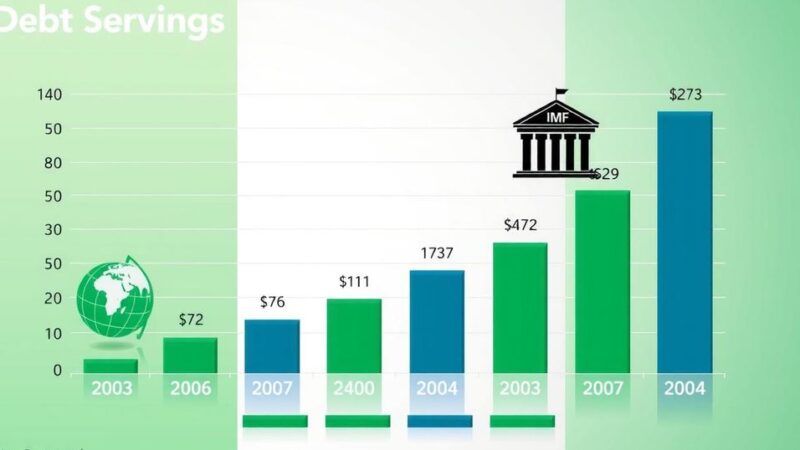Forbes’ “30 Most Valuable Banks 2025” report reveals Saudi Arabia’s dominance with ten banks valued at $269 billion, comprising nearly a third of the total $600.8 billion market capitalization in the MENA region. The UAE and Qatar follow with seven and six banks, respectively. Al-Rajhi Bank ranks highest at $105.6 billion, amidst a resilient banking sector anticipated for growth driven by economic diversification and favorable conditions.
Riyadh, Saudi Arabia, showcases unparalleled dominance in Forbes’ ranking of the “30 Most Valuable Banks 2025,” featuring ten banks with a cumulative market value of $269 billion. Saudi financial institutions constitute nearly one-third of the total market capitalization, which stands at $600.8 billion for the listed banks in the Middle East and North Africa (MENA).
Following Saudi Arabia, the United Arab Emirates (UAE) secures seven banks valued at $153.4 billion, while Qatar contributes six banks with a valuation of $76.7 billion. Morocco and Kuwait are represented with three and two banks, respectively, valued at $23.7 billion and $68.4 billion.
According to a recent report by Ernst & Young, the MENA banking sector has shown resilience and is projected to experience strong growth driven by economic diversification and favorable financial conditions, as well as an anticipated 3.5 percent economic growth supported by infrastructure projects and increased non-oil activities.
Forbes noted that this year’s list encompasses banks from seven different countries, with 26 entries based in the Gulf. It specified that Saudi Arabia, with ten entries, accounts for a substantial portion of the rankings with an aggregate market value of $269 billion. Additionally, the total market value of these top 30 banks has risen by 3.4 percent from the previous year, increasing from $581.1 billion in February 2024 to $600.8 billion as of January 31, 2025.
Al-Rajhi Bank has maintained its status as the region’s most valuable bank, achieving a market capitalization of $105.6 billion—which comprises 17.6 percent of the combined value of the 30 banks. Following this, the Saudi National Bank is valued at $54.7 billion, succeeded by the UAE’s First Abu Dhabi Bank at $43.7 billion.
Rounding out the top five, Qatar’s QNB Group and Kuwait Finance House hold market values of $41.2 billion and $38.3 billion, respectively, while the UAE’s Emirates NBD Group and Kuwait’s National Bank of Kuwait are valued at $28.9 billion and $27.1 billion. Other significant banks on the ranking include Abu Dhabi Commercial Bank and Riyad Bank, along with additional entries from Morocco and Oman.
The MENA banking sector has remained stable in the face of rising interest rates and strong oil prices. A report from Fitch Ratings in 2024 reaffirmed that the region’s economic environment has effectively maintained liquidity, profitability, and robust capital buffers for numerous banks within the Gulf Cooperation Council (GCC). Forbes Middle East assembled this ranking based on the reported market values of publicly listed banks across the Arab world as of January 31, 2025, excluding subsidiaries of listed companies and factoring in applicable currency exchange rates on that date.
In summary, Saudi Arabia firmly establishes its dominance in the MENA banking sector with ten banks included in the Forbes 2025 list, collectively valued at $269 billion. Supported by positive economic forecasts, the resilience of the banking sector is further demonstrated by significant market capitalizations among key players. Al-Rajhi Bank leads the rankings, followed closely by other noteworthy institutions from various regional countries, portraying a robust banking environment across MENA.
Original Source: www.arabnews.pk






